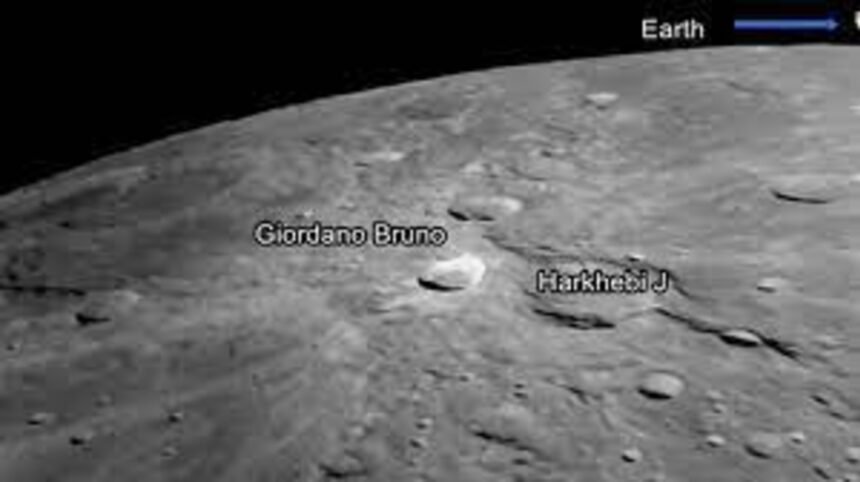18th August 2023
Introduction
In a significant leap towards unravelling the mysteries of the lunar surface, India’s Chandrayaan 3 mission has captured the world’s attention as its lander, Vikram, shared a breathtaking montage of images from its journey to the moon. The Indian Space Research Organisation (ISRO) released these images earlier today, revealing a stunning perspective of the moon’s diverse craters.

The Lander Imager (LI) Camera-1, poised on the Vikram lander, delivered a visual treat that showcased the moon’s landscape in unprecedented detail. One of the highlights was a glimpse of the Giordano Bruno crater, a youthful and expansive crater, known for its intriguing features. The images also showcased the Harkhebi J crater, measuring an impressive 43 kilometers in diameter, providing a glimpse into the moon’s geological history.
This visual spectacle unfolded after a critical maneuver that saw the successful detachment of the Vikram lander from the propulsion module. “Thanks for the ride, mate,” quipped ISRO in a lighthearted tweet, giving voice to the imagined exchange between the two spacecraft components. The maneuver brought Vikram closer to its final destination, setting the stage for the impending soft landing.
The meticulous planning behind Chandrayaan 3’s trajectory has placed the Lander Module in an orbit that brings it within 30 kilometers of the moon’s surface at its closest point, known as Perilune, while Apolune, its farthest point, reaches 100 kilometers. This precision maneuvering underscores ISRO’s commitment to delivering accurate and pioneering results.
The Mission to reach climax on 23 August
The grand finale of this mission is slated for August 23rd, when Vikram will attempt a soft landing in the moon’s south polar region. This nerve-wracking maneuver, should it succeed, promises to unlock new avenues of lunar exploration. Simultaneously, the propulsion module will continue to orbit the moon, gathering invaluable insights into Earth’s atmosphere and capturing data about exoplanets that hold the potential for habitability.
Once Vikram touches down and the lunar dust settles, the “Pragyaan” rover, housed within the lander, will embark on an exciting journey of its own. Both the rover and the lander will exchange images, a symbolic gesture that reflects the seamless coordination of technology. The rover’s mission will extend beyond photography, as it delves into analyzing the composition and geology of the moon’s surface, paving the way for extensive scientific research.
Conclusion
Chandrayaan 3, with its impressive achievements thus far, underscores India’s commitment to scientific exploration and technological advancement on the global stage. The world watches with bated breath as this mission sets the stage for a new era of lunar exploration, promising insights that could reshape our understanding of the moon’s history and potential.






